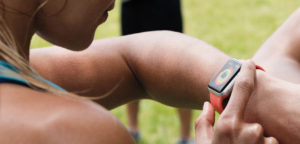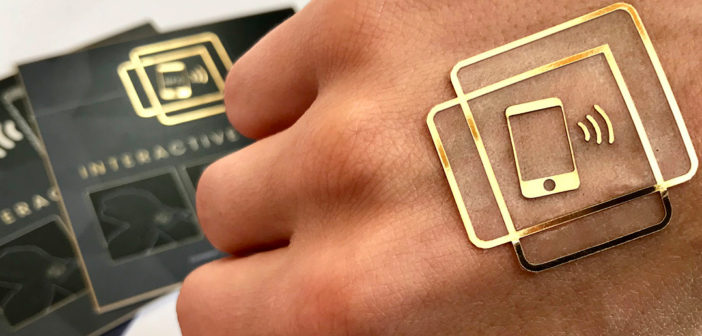“Once privacy and security concerns are addressed and standardisation in health communication protocols are put into place, the next gen of wearable healthcare will be ushered in.”
The healthcare wearables market accounts for $6.8 billion of the current $25 billion wearables market, yet ABI Research forecasts that wearable healthcare, including healthcare devices, sports, fitness, and wellness trackers will continue to dominate the wearables market and will exceed revenues of $10 billion in 2022.
 Healthcare wearables that monitor health conditions, physical performance, and brain activity will move beyond smartwatches and fitness trackers; they will shrink in size and change in form factor type. Unlike today’s bulky health related devices, ultra-thin and ultra-soft sensors with software analytics make next generation wearables smarter and more useful.
Healthcare wearables that monitor health conditions, physical performance, and brain activity will move beyond smartwatches and fitness trackers; they will shrink in size and change in form factor type. Unlike today’s bulky health related devices, ultra-thin and ultra-soft sensors with software analytics make next generation wearables smarter and more useful.
“As an ultimate form factor of wearables, flexible body-worn sensors are quite an innovation for wearable adoption in healthcare, fitness, and human-machine interface,” commented Marina Lu, senior analyst at ABI Research. “These sensors can be integrated into a small patch and attached to human skin surface to track vital signs and other biometrics continuously and wirelessly. Some of the implementation examples include electronic tattoos and skin sweat sensors.”
The electronic tattoo developed by Rotex performs many of the typical functions of smart watches and fitness trackers. Not only does it monitor health conditions in real time, it also provides a different means to control devices as an integral part of the Internet of Things (IoT). The low cost and disposability of the electronic tattoos further the use cases and value appeal of wearable technology, especially for customers who are price sensitive.
Replacing costly doctor visits and painful lab-based blood tests, non-invasive sweat sensors can measure a set of key biometrics from a single bead of sweat, said ABI Research. A few companies are working to capture the sweat sensor market, such as Eccrine System, GraphWear Technologies and Kenzen.
These sensors require flexible components and start up Royole is leading the way. Royole’s plan for mass production of flexible displays and sensors will accelerate the technology adoption for wearables and facilitate more aesthetically-pleasing wearable designs, smaller form factors, and more immersive experiences.
“Health sensors are becoming increasingly commoditised, as they allow continuously physical monitoring with reduced manual intervention and at low cost,” concluded Lu. “While the miniaturised health sensors enable consumers to monitor health conditions by themselves and be aware of their own health care, they also extend to the enterprise market by delivering superior analytics for clinical and medical research. Once privacy and security concerns are addressed and standardisation in health communication protocols are put into place, the next gen of wearable healthcare will be ushered in.”





